Mesechinus is a small genus of mammals in the hedgehog family Erinaceidae.
The genus until now comprised four species from East Asia: Mesechinus dauuricus, Mesechinus hughi, Mesechinus miodon, and Mesechinus wangi.
Except for Mesechinus wangi, which is found in southwestern China, the other three species are mainly distributed in northern China and adjacent Mongolia and Siberia.
“For a long time, the genus Mesechinus was thought to be restricted to northern China and adjacent Mongolia and Siberia until scientists reported in 2007 a small population of Mesechinus from Mount Gaoligong in Yunnan province, southwestern China,” said Anhui Normal University biologist Zhongzheng Chen and his colleagues.
“This Mount Gaoligong population was subsequently described as a new species, Mesechinus wangi.”
“In the new study, we recognized a population of Mesechinus from eastern China as another isolated species, Mesechinus orientalis.”
Mesechinus orientalis is a small-bodied hedgehog, similar to Mesechinus hughi, but smaller than other Mesechinus species.
It has the shortest spines in the genus (1.8-2 cm). There are four color rings on the spine from the base to the tip: two-thirds of the length is white at the base, followed by a 3-4 mm black ring, a narrow light ring, and a black tip.
The nose is brown, with black whiskers on the snout; these whiskers shorten towards the nose. The ears are small and nearly the same length as the surrounding spines.
Mesechinus orientalis appears to be sexually dimorphic. The pelage of males is generally gray, while that of most of the females is reddish brown.
The new species is currently known from southern Anhui and northwestern Zhejiang, both in eastern China.
It can be found in scrubland and subtropical broad-leaf evergreen forests at elevations from 30 to 700 m.
“The new species is geographically isolated from its congeners by at least 1,000 km, and it is currently the southeasternmost species of Mesechinus,” the researchers said.
Mesechinus orientalis is a sister to the lineage composed of Mesechinus hughi and Mesechinus wangi from which it diverged approximately 1.1 million years ago.
“The discovery of a new species of Mesechinus in eastern China has greatly expanded the known range of the genus and is vital in understanding the macroevolution of the genus,” the authors said.
“The oldest fossils of Mesechinus are from the Early Pleistocene near Taijiaping village in Nangaoya Township in Shanxi province.”
“Our molecular results reveal that the divergences among Mesechinus orientalis, Mesechinus wangi, and Mesechinus hughi occurred in the Middle Pleistocene 0.74-1.1 million years ago.”
“Increased cooling and aridification during the Middle Pleistocene (known as the Middle Pleistocene transition at 1.2-0.5 million years ago) appear to have been critically important in the split of the three species, which may also have facilitated the migration of the ancestors of Mesechinus wangi and Mesechinus orientalis to southwestern and southeastern China, respectively.”
“The north-south trending Dabie Mountains, which are located between the Qinling Mountains and southern Anhui, may have provided a migration route for the ancestor of Mesechinus orientalis to reach southern Anhui.
“The mountainous area of southern Anhui and northwestern Zhejiang province also likely acted as glacial refugia in the Pleistocene for the new species.”
The discovery of Mesechinus orientalis is described in a paper published in November 2023 in the journal ZooKeys.
Citation:
Z. Shi et al. 2023. A new species of forest hedgehog (Mesechinus, Erinaceidae, Eulipotyphla, Mammalia) from eastern China. ZooKeys 1185: 143-161; doi: 10.3897/zookeys.1185.111615
What you can do
Help to save wildlife by donating as little as $1 – It only takes a minute.
This article by Natali Anderson was first published by Sci News on 5 December 2023. Lead Image: Mesechinus orientalis in Xuancheng, Anhui, China. Image credit: Shi et al., doi: 10.3897/zookeys.1185.111615.
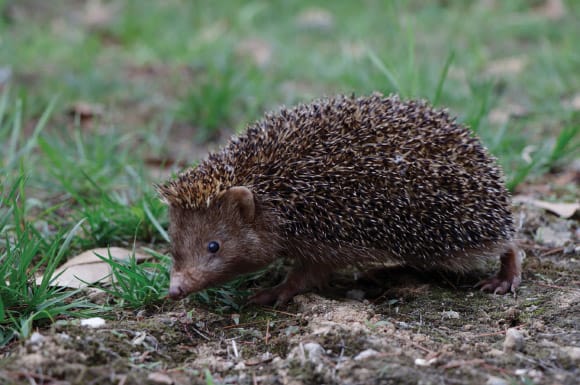

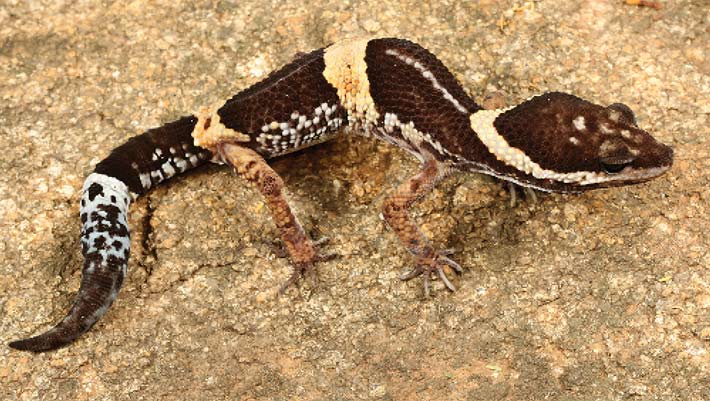
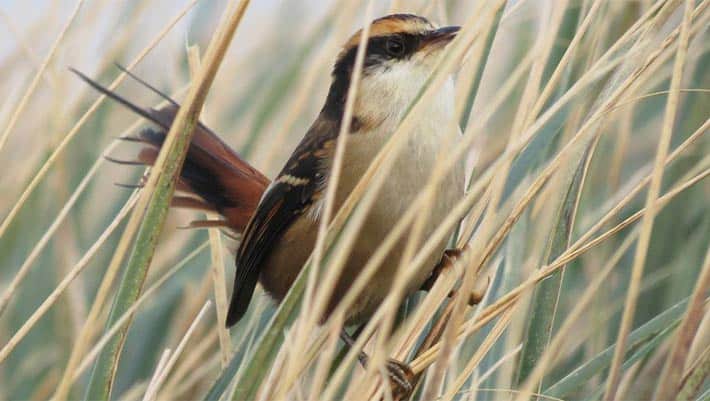
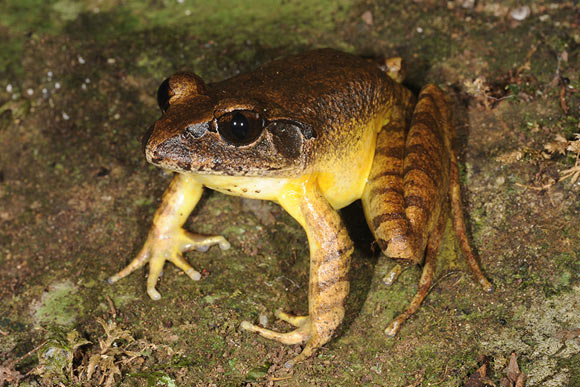
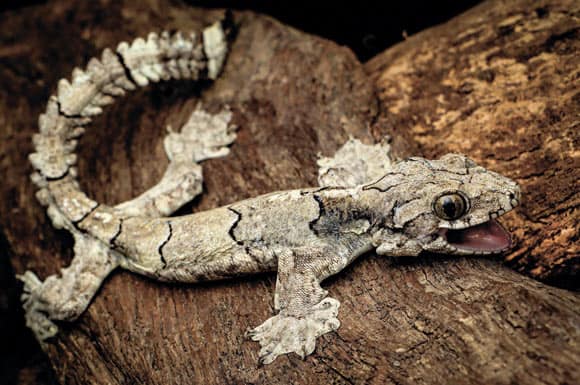
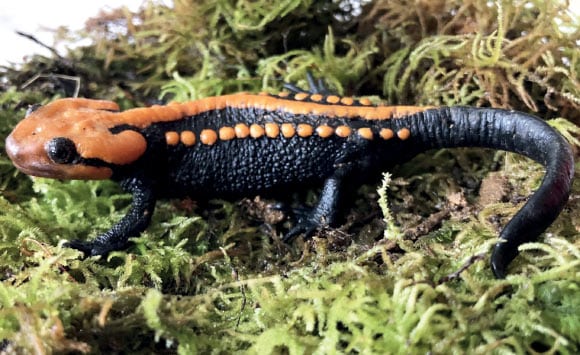
Leave a Reply